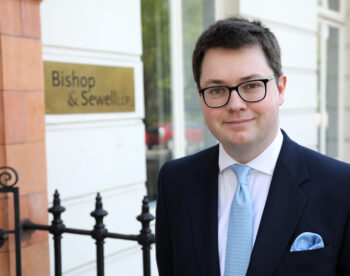It is a sad truth that tragic events have helped to shape our approach to fire safety. One need only look at the Grenfell fire and the raft of changes that this is to bring to the legal landscape. With every fire that rages out of control, there is a following deluge of changes to the way buildings are built and policed. This article is about one of the first fire safety laws ever passed in the United Kingdom -the Fires Prevention (Metropolis) Act (1774)
The Fires Prevention (Metropolis) Act (1774) (FP(M)), was passed during the reign of King James II and VII and can be seen as a direct, if delayed, result of the Great Fire in 1666.
The Great Fire of London devastated the city. Raging for four days, destroying around thirteen thousand houses and many more buildings. King Charles II (who was the reigning monarch during this calamity) decreed that houses in London would hereon be built from stone, that streets would be made wider, and that the riverbanks should not be obstructed by buildings.
More substantial change did not follow for over 100 years. The FP(M) was the first major fire safety act passed by Parliament, and established some of the principles of modern fire safety that we still adhere to today. The Act provided for buildings to be divided into different classes of use, each with their own required wall thicknesses, and maximum floor area for storage. This is not dissimilar to the system of planning use classes and building regulations that we have now
More importantly, was the appointment of surveyors, and the requirement for parishes to provide fire ladders. While this was by no stretch of the imagination the first fire safety equipment, this is one of the first laws pertaining to the mandatory protection of human life from fire.

Buildings Insurance:
While most of the FP(M) has been repealed, there still remains an operative clause that can be utilised today in a specific area – Buildings insurance.
Section 83 of the FP(M) is still in force (and applies to property throughout England and Wales, despite the misleading title), and can be used to compel an insurer to reinstate a building that has been damaged by fire.
This means that, while the insured itself cannot require reinstatement under FP(M), the following would be able to require reinstatement:
• a mortgage or lender.
• a tenant; or
• a purchaser of the property between exchange of contracts and completion.
The effect of the above being that if a building has been insured against damage by fire anyone, other than the insured, who effectively has an insurable interest in the property can require the insurer to reinstate the property (whether or not they are a party to the contract of insurance). Given the right circumstances, a useful tool to have in your kit.
While the FP(M) is now far narrower in scope than when it was first assented, and is mostly of some niche legal interest, it is a brief look into the past. It shows that our collective views of what constitutes a safe property is an evolving definition. Practitioners, and consumers alike, must be alive to these non-stop changes and the burdens they may bring.
If you are thinking of buying a property or if you already own a property and you have a questions please call 020 7631 4141 and ask for a member of the Property team or email mail@bishopandsewell.co.uk.
Charlie Davidson is a Solicitor in our Property team, dealing with both residential and commercial property.
This article is intended as a general summary on the law and current events– no reliance should be placed on it. This article only deals with Property in England and Wales.





